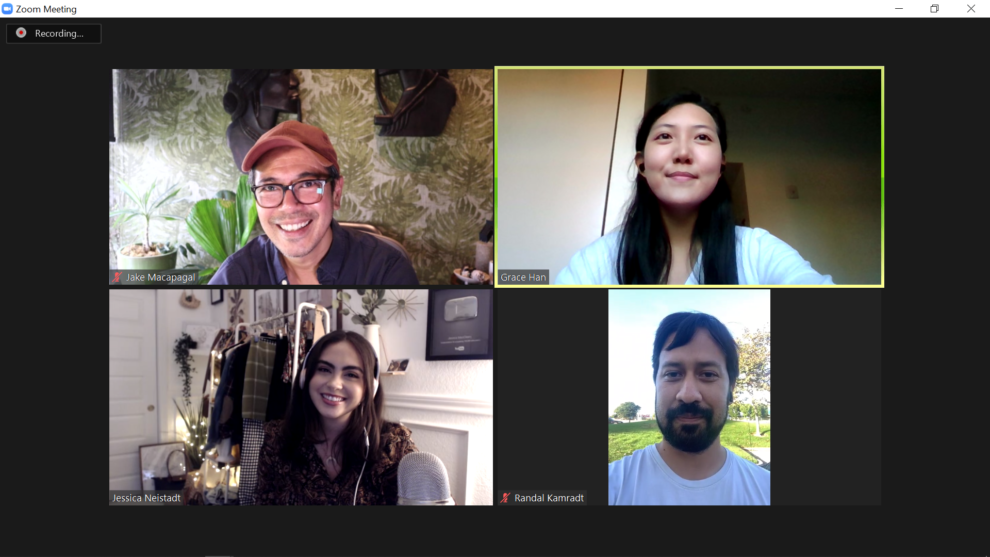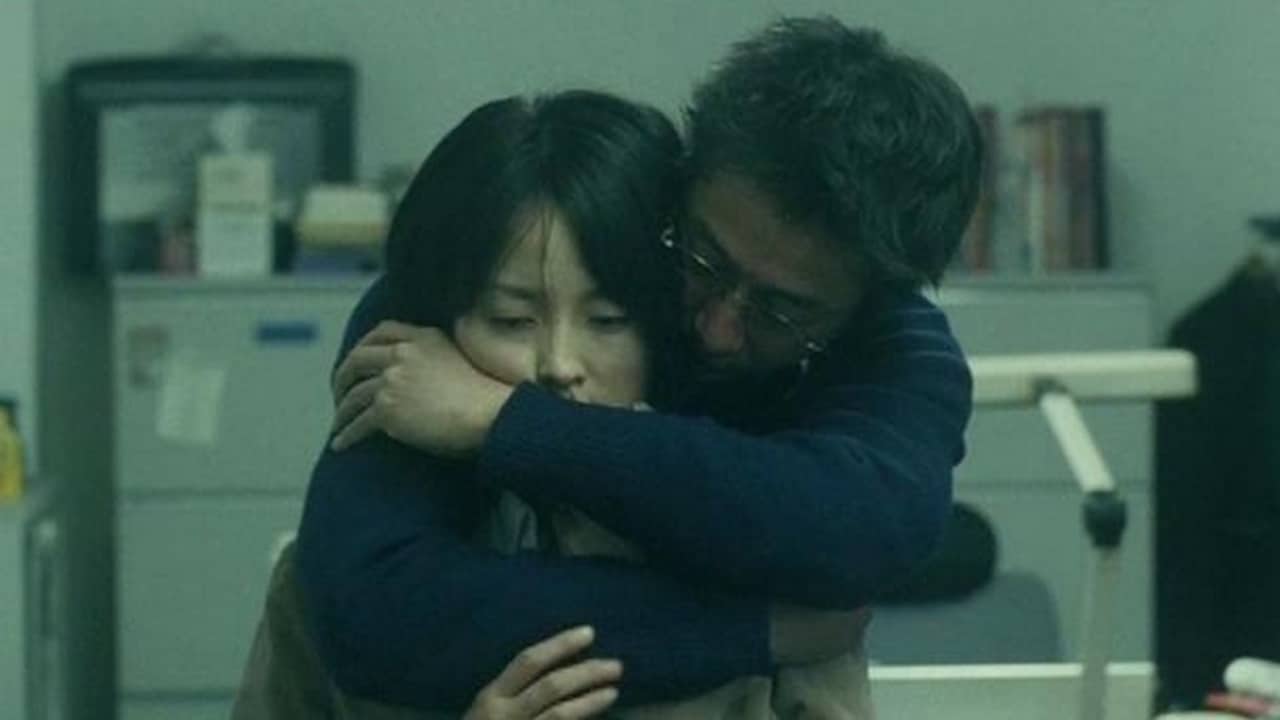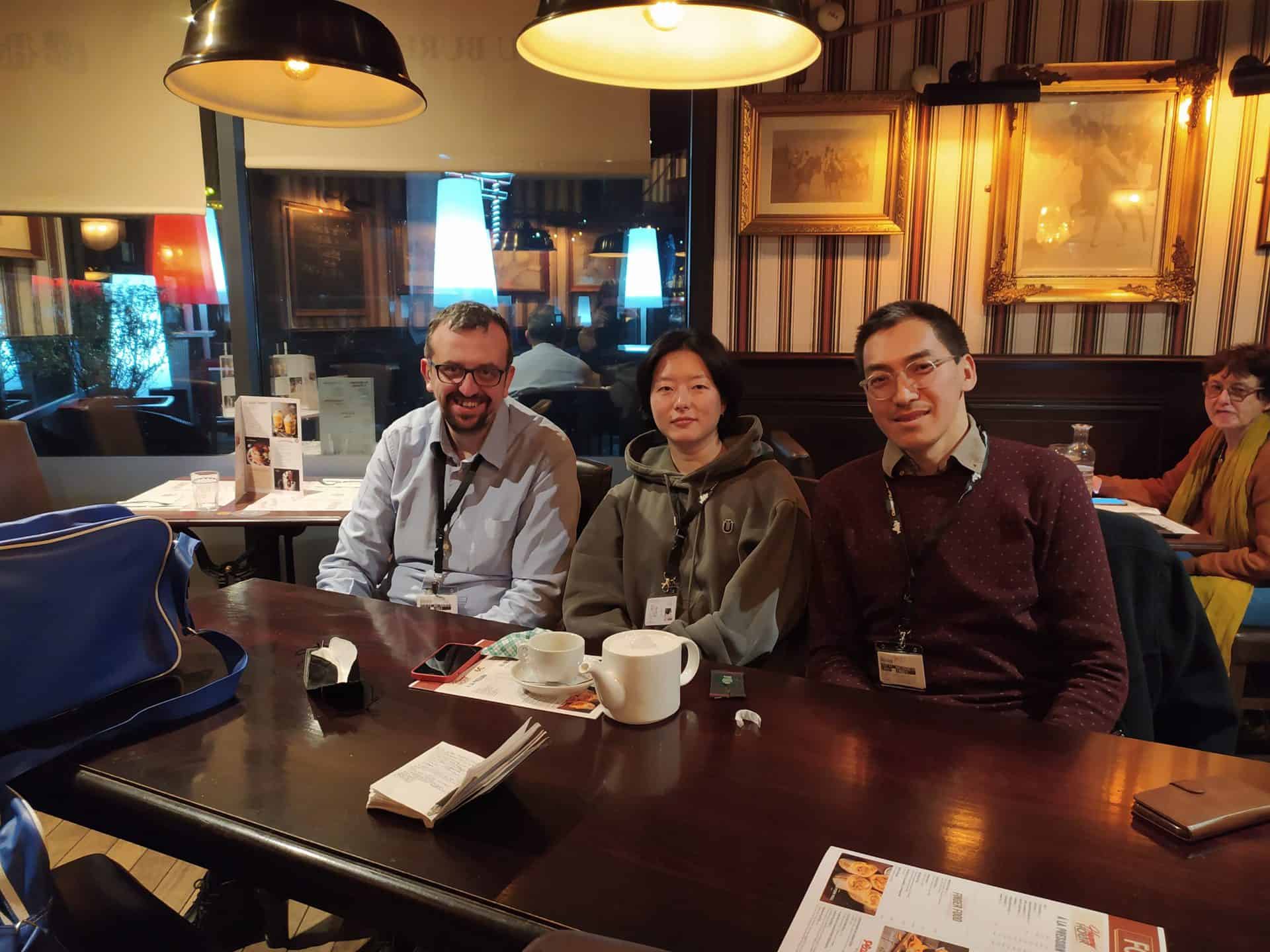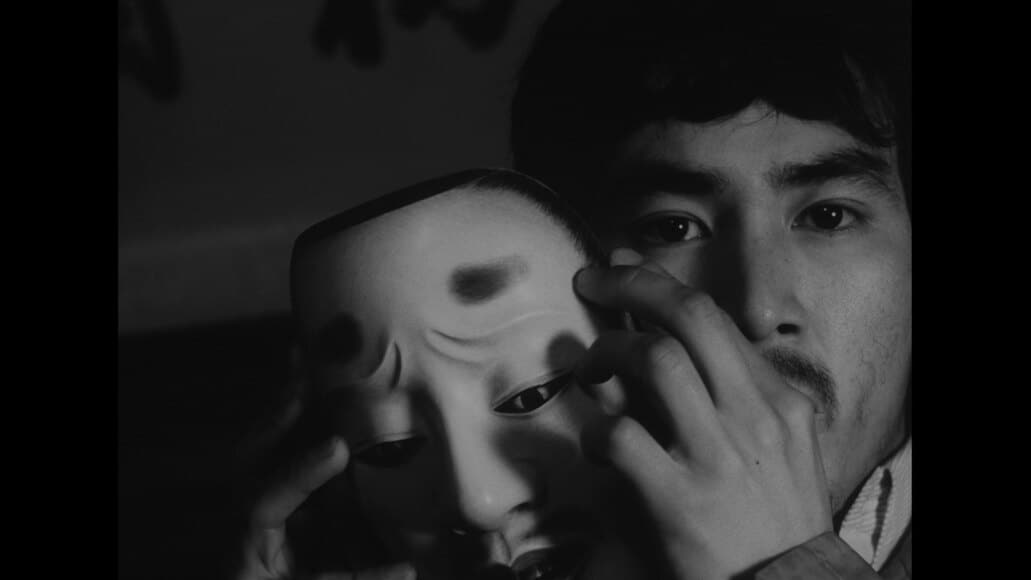The Los Angeles Asian Pacific Film Festival lined up several Filipino American works this year — including Martin Edralin's “Islands,” Patricion Ginelsa's “Lumpia with a Vengeance,” and now, Randal Kamradt's world premiere for “The Monsters Without.” This multimedia movie makes up a world in which monsters (Yablo) roam the rural Philippines. Here, P.H.A.S.E. — an underfunded team of scientists and soldiers — take it upon themselves to find and conserve them. In a mix of Star Wars-tier costumes, digital animated effects, and sweeping landscapes, this movie makes sure to entertain the eye.
On the occasion of the film's premiere, we take the time to talk to Randal Kamradt and his team. Each member is spread across the globe. Randal Kamradt and female lead Jessica Neistadt Zoom in from the US, and their storied star Jake Macapagal speaks to us from the Philippines. Over the next forty minutes or so, we delve deep into the film: diaspora, yablo, bat caves, and all.
This interview was edited and redacted for clarity.
What drew you all to “The Monsters Without”?
Randal Kamradt: I lived in the Philippines after the first movie I shot there. I was looking for a story and eventually I started to learn a little bit more about the mythology. In the provinces you would often hear, right around nighttime, talk about the aswangs and the kapre and all these creatures. It's so complex and idiosyncratic compared to American monsters and the sort of things we fear in America. [“The Monsters Without”] really took off when I met Jacqueline Holden, a makeup artist. She showed that we could [make the monsters] on a budget and make them look completely real. That's how we got the ball rolling.
Jake Macapagal: Randal shot me an email. We got onto Skype and then he told me about the story. It took a while — probably around two years — before the story solidified. When we started shooting in 2017, I was very excited to be in the southern part of the Philippines. Here, in Leyte, one of the islands was affected by the typhoon.
Jessica Neistadt: I suppose the idea of representing more Filipino culture in mainstream media [drew me to the film]. Anybody I've talked to — my dad, my friends — have never heard of these Filipino mythological creatures. Just introducing pieces of Filipino culture and sharing those was really special to me.
The use of mythology and monsters reminded me of contemporary Marvel movies. For example, P.H.A.SE. sounded like a parody of the Agents of S.H.I.E.L.D. How do you balance being a Filipino film but also a markedly international one?
Kamradt: This movie was meant to be an international project that brings together talents from all over the world. We try to treat this [setting in the Philippines] as the most natural thing. The characters never even bring it up in the movie. It was great to combine local talents and bring some folks over and make that the goal of the movie.
Macapagal: When I arrived, I didn't really think of it as, “Oh I'm coming in and then there will be American crews and Filipino crews.” I knew that everybody was working towards the same direction: we were creating a film.
That being said, the community we [mainly stayed with] is a whole village of believers. Randal's mom, Lucy, is very supportive. Lucy was in charge of giving us a wonderful breakfast, lunch, dinner and snacks. The whole town was really gearing us or cheering us on to create this film. This is what independent filmmaking is all about: the whole community supports you from the cast to the Filipino crew to the American one. It is a gift to be able to work and to commune with like-minded people who like creating films.
Neistadt: I completely echo everything Jake said.
To tease this out a little further – what did the dynamic of Filipino American / Filipino collaboration look like on set? Were there any distinctions at all?
Neistadt: I've struggled with figuring out my place as a Filipino and American for a lot of my life. Oftentimes here in America, people would say, “She's the Filipino girl, that Asian girl.” [On the other hand,] the first time I went to the Philippines, all my family called me “Maputi!” — which means white. It made me feel not Filipino enough.
But when shooting this film, there was never really a distinction. It felt so just like seamless and welcoming. That's one main thing that I'm so proud of and that I love so much about Filipino culture. Even through I'm internally struggling with questions like, “Am I Filipino enough? Do I know enough about Filipino culture? Do I speak enough Tagalog at this point in my life?” It never felt like that was an issue [on set]. It is so welcoming. It doesn't matter who you are or where you're from; Filipino culture is always so willing to welcome you in.
Location seems to play a huge part in the film. Randal, how did you choose them?
Kamradt: In my projects, the location is the movie. I'm not really big on shooting in some rooms in some random places. [For “The Monsters Without,”] we did really try and show off the scale of the land. For a story about these ancient, mythological creatures, the movie really has to have this mythic[1] feel to it. It needs to feel big. It needs these amazing locations that need a theater screen to be fully appreciated.
Jessica, Jake: What was it like to film in a more rural part of the Philippines?
Neistadt: One of my favorite parts was just getting to see all the variety of places that exist within the Philippines. In the Philippines, you can get anything: beaches, mountains in Baguio, urban cities, waterfalls. In fact, we shot part of the movie in this huge bat cave. There were bats above and cockroaches below; it was completely dark [without our lights]. I ended up with a couple cockroach bites. Now, I look back at that and think that was truly such a unique experience.
Macapagal: Coming from the Philippines, it's great. Here, there are about 7,000+ islands – and you never really get to visit every island. One thing that stood out to me is the Bayanihan Spirit. Bayanihan is really community-based. You don't get that much [support] in Metro Manila. You have to apply for licenses, deal with traffic, and so on. But since we were in the [Biliran] province, it was isolated in a way. It's very easy to just hail a motorcycle and say, “Oh, I want to go there,” and get dropped off.

During the movie, it also feels like the land comes alive. Did you hear any horror stories when you were shooting?
Macapagal: A lot of this folklore lives on the townspeople's psyche. A recent high-end typhoon may have influenced this phenomenon, since a lot of basic needs – like water and electricity – were taken from the community. So yes, there were a lot of times when the villagers would just sit down and say, “Do you remember the time?” And then, you know, because it's dark and there's no electricity, people would say, “Yes, something is happening.” It felt really ominous.
…But the real horror was going to the batcave. (laughs)
Neistadt: It's a hike.
Macapagal: When you enter you [are actually] inhaling the batshit. It feels like you can taste it.
Neistadt: There was a layered smell — of bat poop and cockroach — layered together. It was like this unique soup.
Kamradt: The whole movie is a location shoot, but that was the location shoot.

What are your hopes for this movie?
Macapagal: We hope it becomes a franchise.
Kamradt: “The Monsters Within.”
(all laugh)
Kamradt: We hope that the movie lets us tell more stories. More International stories, Filipino stories, Filipino-American stories, complex stories off the beaten path. That's the advantage of indie movies like this. There was no one standing over my shoulder saying, “Hey, make it simpler for people. Make it more Caucasian. Make it this. Make it that.” There was just nobody there. We had the privilege and opportunity to tell something interesting.
Neistadt: Yeah, I totally agree. Representation brings forth stories that don't get told, to share more Filipino and other cultures' stories. That is probably the most important thing. That's also what I'm most excited about for this movie.
What do you all think about the state of Filipino / FilAm cinema today?
Macapagal: I've never been more Filipino until I left my country and lived in Europe. But otherwise, during my 40 years in the Philippines, I never thought I would identify or label myself along national terms. Instead, I think we're moving towards more human stories that will resonate more [universally]. I just happened to be born in this place. Let's talk about human stories, voices that have[2] never been heard, faces that have never[3] been seen from everywhere. I think that's how we can become a really global market.
There's also this saying: “A rising tide lifts all ships.” If one ship rises, everything else does. So we're hoping to help the tide rise for this vision into a new world.
Kamradt: I agree with what Jake is alluding to. The goal is to transcend labels because [“The Monsters Without”] is multinational. It's trying to give this one a vision of this very interconnected world, where it's not necessarily this ethnicity's cinema. It's a human story.
Here at the Los Angeles Asian Pacific Film Festival, [the movie will play] on its Filipino Films Day. [The lineup shows] that it's not all a monolith. Each film has such different perspectives. The people who can attend will really see the diversity of vision just within the Filipino American label.
Finally: Any last words?
Kamradt: Endless thanks to the folks who helped us out for filming. There were so many people who were extras and crew people. There's Jan and Al who were the sound sngineers who are from Cebu. There's so many people who contributed so much to this movie because, you know, they believed in it. The movie is here because of the effort we all put in as a team.
Macapagal: Enjoy every second because you don't know how long it will last.
Neistadt: What Jake said. Ditto!
“The Monsters Without” will have its world premiere this Friday, 1 October, at the Los Angeles Asian Pacific Film Festival.
















